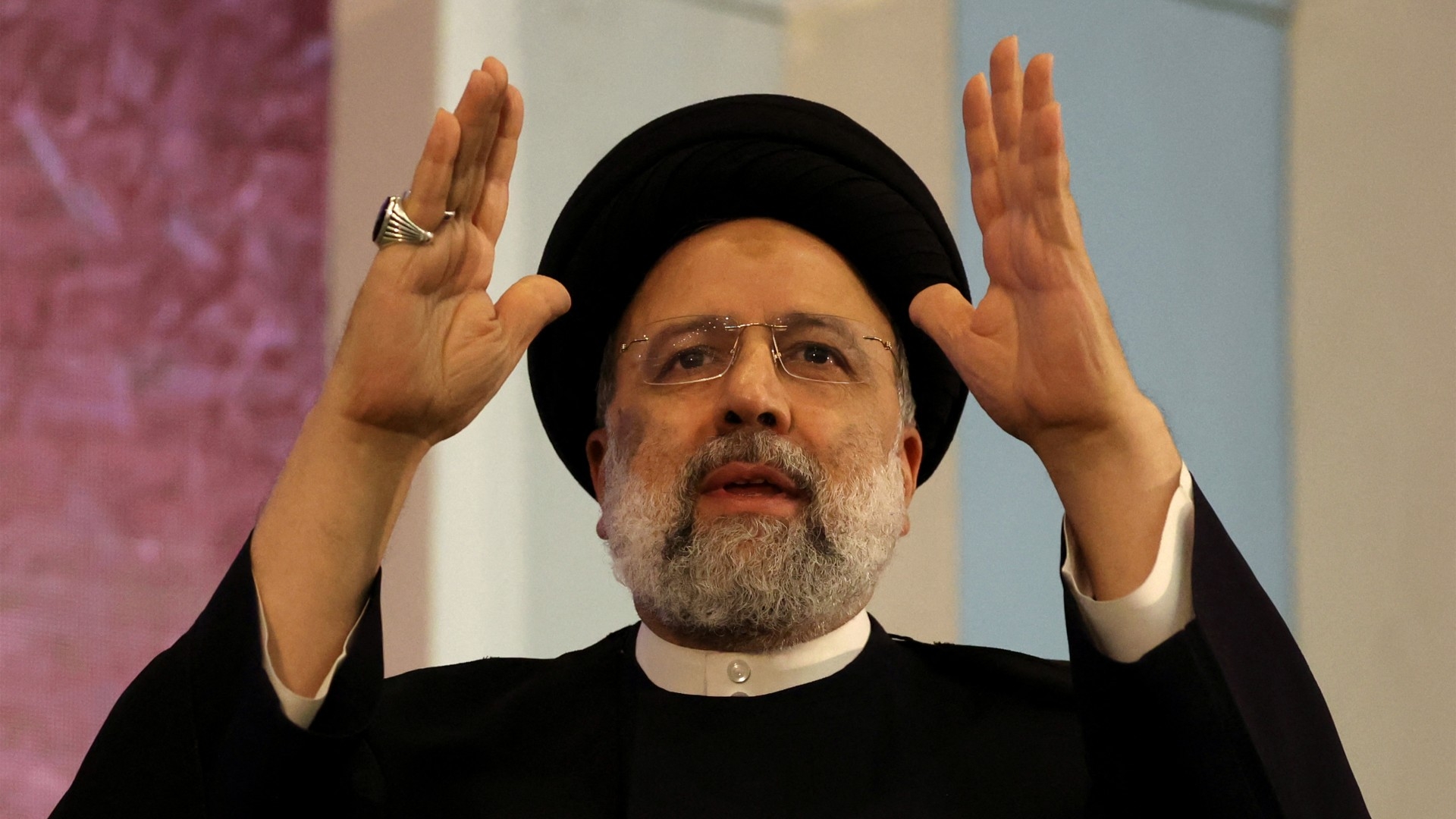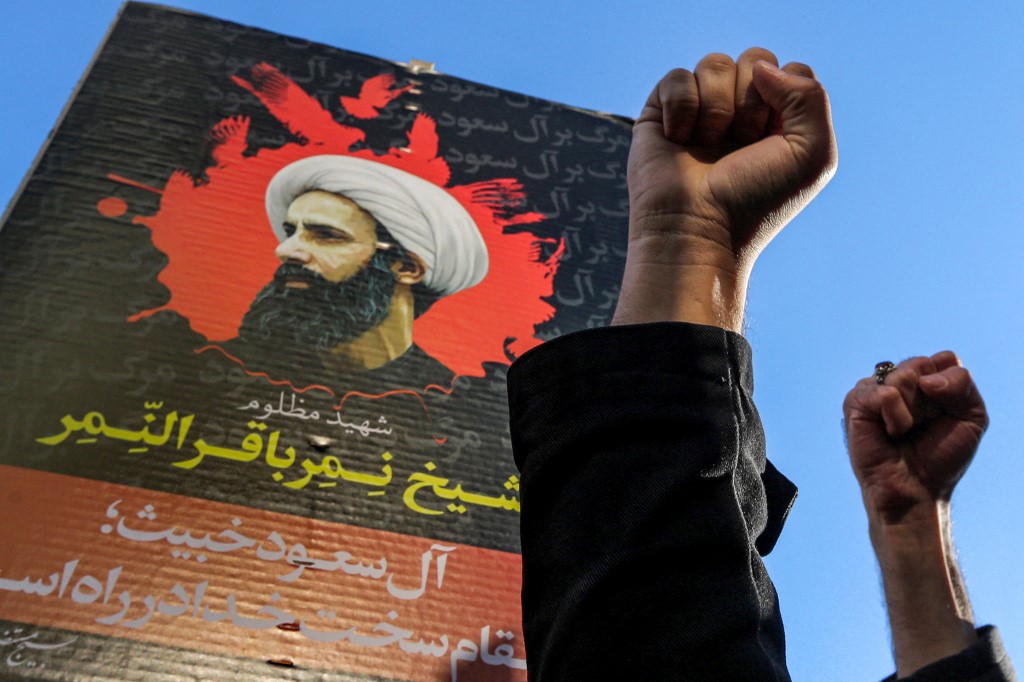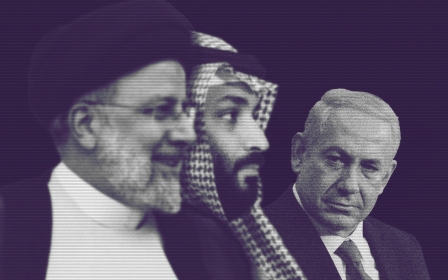Saudi-Iran deal: After years of tension, a new chapter for the region begins

News of the normalisation of relations between Iran and Saudi Arabia came as a surprise to international observers. The enmity between the Middle East rivals has been among the most persistent and dangerous in the region.
This month’s agreement came after two years of negotiations between Riyadh and Tehran in Baghdad, and Chinese President Xi Jinping played an important role in concluding the deal in Beijing. As part of the ensuing trilateral statement, Saudi Arabia and Iran agreed to implement a 2001 security cooperation agreement and a 1998 deal bolstering economic, cultural and technological ties.
The upshot of these developments was a lose-lose for both Riyadh and Tehran
This is based on an agreement the two countries reached in the mid-1990s that remained in effect until 2005. I negotiated the terms for then-President Hashemi Rafsanjani alongside then-Crown Prince Abdullah bin Abdulaziz Al Saud in Riyadh.
As I detailed in my recent book, A New Structure for Security, Peace, and Cooperation in the Persian Gulf, Rafsanjani and Abdullah agreed to revive relations. I was commissioned by Rafsanjani as his special envoy to discuss a deal with the crown prince. Over the course of four long nights in Abdullah’s mansion in Jeddah, we debated and finally agreed on a plan of action. Then, Rafsanjani’s son and I met King Fahd, and he approved the agreement.
After returning to Iran, the agreement was also approved by Rafsanjani and Iranian Supreme Leader Ayatollah Ali Khamenei. It was implemented fully during former President Mohammed Khatami’s term (1997-2005). I was told by a high-level Saudi official that Abdullah viewed Khatami as continuing Rafsanjani’s policies. In 1997, Abdullah visited Tehran, and the cooperation and security agreements were subsequently signed.
Stay informed with MEE's newsletters
Sign up to get the latest alerts, insights and analysis, starting with Turkey Unpacked
Security concerns
In my negotiations with Abdullah, security issues were the primary concern. Riyadh was concerned about Tehran exporting Shiism and supporting Saudi Arabia’s Shia minority, and about demonstrations by Iranian pilgrims threatening the security of the annual Hajj ceremony.
For its part, Tehran was concerned about Saudi Arabia supporting the Sunni minority in Iran and spreading Wahhabi fundamentalism. The bilateral security pact greatly reduced anxieties in both governments over interference in each other’s internal affairs.
Unfortunately, the agreements collapsed after President Mahmoud Ahmadinejad took office in August 2005. Iran restarted its nuclear enrichment programme, the UN Security Council adopted resolutions sanctioning Iran, and Abdullah - by now the king of Saudi Arabia - repeatedly exhorted the US to “cut off the head of the snake” by launching military strikes to destroy Iran’s nuclear programme.
Then, in January 2016, Saudi Arabia executed a prominent Shia cleric, Sheikh Nimr al-Nimr, along with 46 other Shia dissidents. Nimr’s execution triggered protests in front of Saudi Arabia’s embassy in Tehran.
The proxy war between Iran and Saudi Arabia escalated in Yemen, as the Houthis used drones and missiles to attack Saudi oil installations. In ever, and Iran supported Syrian President Bashar al-Assad against internal and external efforts to overthrow him. Assad’s efforts to normalise his regime have made considerable progress during the past year.
Meanwhile, Saudi Arabia welcomed former US President Donald Trump’s decision to withdraw from the Iran nuclear deal, and supported reinstating economic sanctions on Iran - only to see it now enriching uranium to near weapons-grade levels.
Trump’s maximum pressure and sanctions campaign against Iran has been devastating. Ordinary Iranians have been confronted with skyrocketing prices and a greatly devalued currency. Last autumn, a wave of anti-government protests swept the country after the death of Mahsa Amini in police custody. Iran’s government responded by strengthening its military and political alliance with Russia, as evidenced by Iran’s supply of drones to Russia amid its invasion of Ukraine.
Serious distrust
The upshot of these developments was a lose-lose for both Riyadh and Tehran, demonstrating that their confrontation would have no winner. The recent agreement in Beijing shows that Iran’s conservative government, led by President Ebrahim Raisi, has restored relations with Saudi Arabia based on the two agreements formulated during the moderate government of Rafsanjani and implemented by the “reformist” government of Khatami.
The distrust between Tehran and Riyadh is both deep and serious. Both governments, however, have committed to observe the principles of the UN Charter, including respect for national sovereignty and non-interference in each other’s internal affairs. This is necessary, but not sufficient on its own. The agreement must be supplemented with additional commitments to ensure sustainable, friendly relations between Tehran and Riyadh.
As the most powerful regional and Islamic states, they should commit to regarding each other’s security as an integral part of their own; put an end to illusions about “regional hegemony” and work to create a system of cooperation and collective security among the eight countries bordering the Gulf; and convert their unhealthy competition in crisis-ridden countries such as Yemen, Syria and Iraq into a constructive partnership.
In addition, they should join forces to foster effective regional and international cooperation against weapons of mass destruction, extremism and terrorism; treat the members of their religious minorities as full citizens; and work to de-escalate tensions between Washington and Tehran.
Finally, with Iran and Israel in a quasi-war situation, Beijing - which has strong diplomatic relations with both states - could potentially mediate a ceasefire.
Iran’s Supreme National Security Council secretary, Ali Shamkhani, just held talks with the crown prince of Abu Dhabi. Qatar and Oman have been actively mediating to revive the Iran nuclear deal and secure the exchange of prisoners between Iran and the US. Iran’s deputy foreign minister recently visited Oman, and China is planning to host an unprecedented summit later this year, attended by Iran and its six Arab neighbours in the Gulf Cooperation Council.
After years of bitter hostilities and escalating crises in the region, the era of diplomacy and wisdom has now arrived. It is time for Iran, Iraq and the Gulf states to embrace and cooperate, to collectively create a powerful region.
The views expressed in this article belong to the author and do not necessarily reflect the editorial policy of Middle East Eye.
Middle East Eye delivers independent and unrivalled coverage and analysis of the Middle East, North Africa and beyond. To learn more about republishing this content and the associated fees, please fill out this form. More about MEE can be found here.







